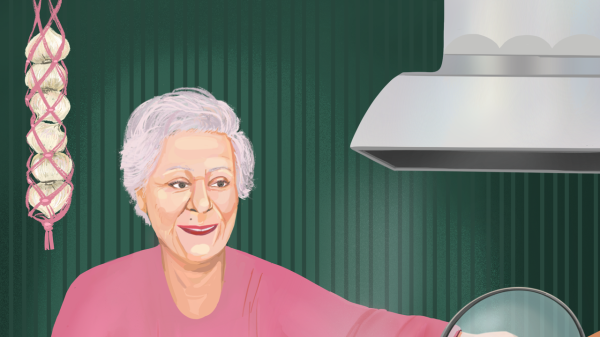
When Marcella Hazan was seven years old, she fell on the beach and broke her right arm. It was 1931, and she and her family were living in the Egyptian city of Alexandria. At the hospital, her arm was placed in a cast that stretched from her shoulder to the tips of her knuckles. The pain didn’t subside after a few days, though, and the color of her hand began to dull. Her doctor removed the cast, revealing gangrenous skin that resembled the flesh of a rotting peach. Hazan needed multiple surgeries from an orthopedic surgeon at a hospital in the family’s native Italy, which forced them to move back to Cesenatico, the fishing town where Hazan (née Polini) was born. Her hand refused to fully straighten from that point forward, but—thank goodness—it functioned well enough to grip a knife.
For many years, Hazan’s experience in the kitchen was limited to menial chores. During the war, she would prepare gruel from mulberry leaves, water, and polenta flour to fatten up piglets for slaughter. She pursued studies in biology and the natural sciences at the University of Ferrara, with plans to become a teacher. It was only when she met her future husband, a quietly charismatic Italian-born man named Victor Hazan, in the early nineteen-fifties, that her culinary interests deepened. Food stimulated Victor, and he cooked often. Hazan, meanwhile, only knew how to make gruel for pigs.
Sourse: newyorker.com






